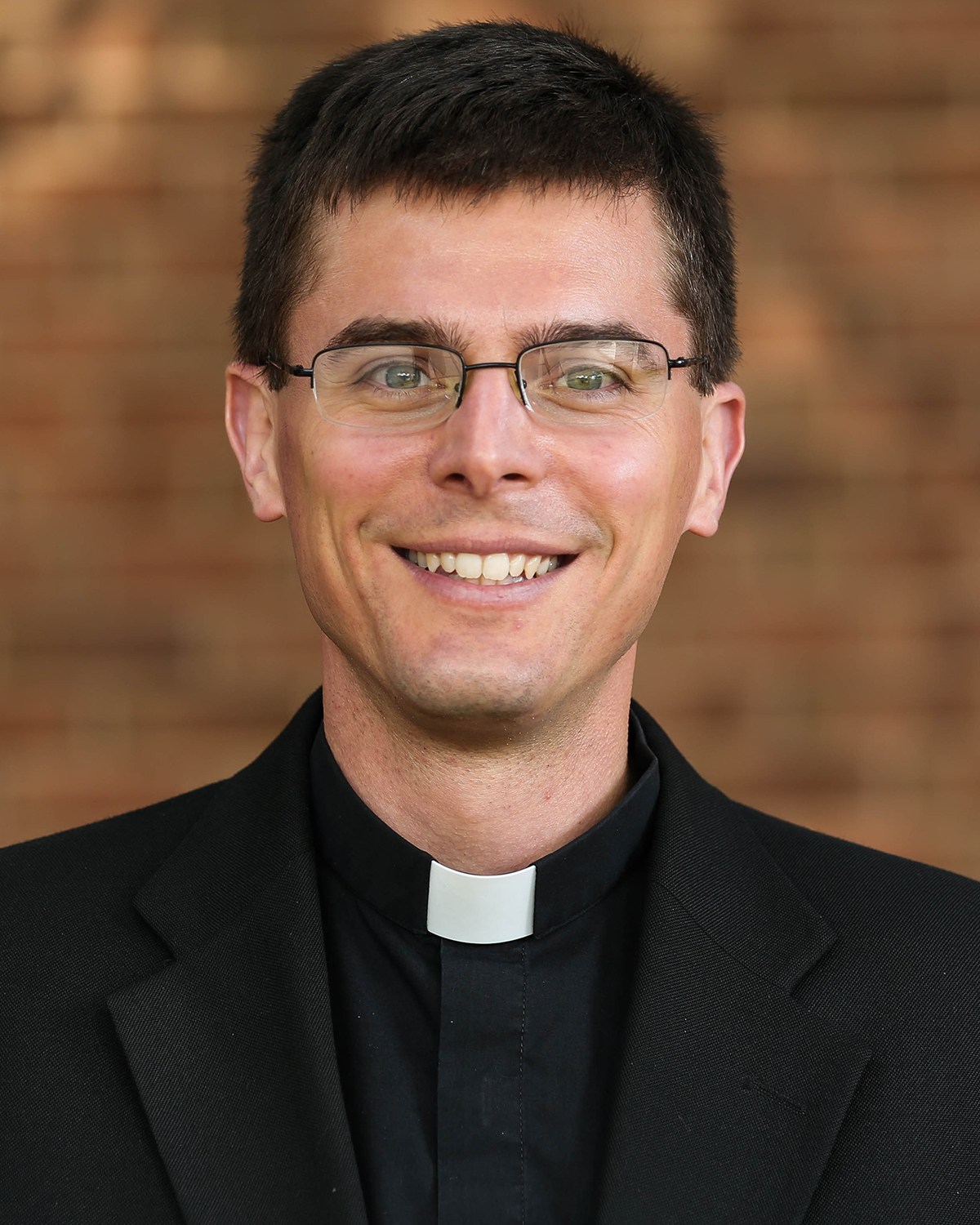Forming a Bridge with a missionary spirit for a Community of Communities

One of the titles of the chief priest in Rome, the pope, is Supreme Pontiff. Pontiff means “bridge”. The Vicar of Christ, and every priest for that matter, “bridges” Heaven and earth by going to God for the people and going to the people for God. In addition to the spiritual, the new Congregation for Clergy instruction on parishes reaffirms that priests must be the metaphorical bridge on the physical plane as well. As a framework for thinking in this way, the document references Pope Francis’ continual call for greater “creativity” in fostering a culture of encounter that unites people in a vision of a parish as a “community of communities”. Being the “bridge” in a “community of communities” is not an easy task for anyone, much less a parish priest who typically lacks any prior training in leadership. Furthermore, as the instruction notes: “the current Parish model no longer adequately corresponds to the many expectations of the faithful, especially when one considers the multiplicity of community types in existence today.”
To overcome the obstacles that parish priests face within the standard parochial structure toward achieving the goal of being a missionary “bridge” in a “community of communities”, the Congregation for Clergy document makes a series of practical suggestions, all in accordance with the Code of Canon Law, for reorganization at the diocesan, deanery, and parish level. These ideas are timely, especially considering how many bishops throughout the world are drafting plans for transforming the structures within their respective dioceses in response to rapid growth or decline. While some bishops see the Vatican as halting greater lay oversight of parishes, the essence of the instruction envisions the parish priest as providing missionary leadership and “keeping the dynamic alive” of a parish as a “community of communities”.
To help priests and seminarians step into these “bridge” roles, seminaries and other ecclesial entities like the Global Institute of Church Management (“GICM”) will need to train clergy to have a collaborative, missionary mentality in thinking about and implementing the most effective structure possible for their “community of communities” parish that conforms to the norms of the Church regarding governance and administration. Because this shift from a traditional parish to a “community of communities” will inevitably entail a series of iterative changes, some successful and some not successful, seminaries and GICM might facilitate a global conversation of best practices among clergy. Also, recognizing that all men called to the diocesan priesthood will have varying degrees of natural talent for leadership, administration, and governance, the seminary evaluation process must include some specific assessment of a man’s ability to fill those roles. All priests and seminarians ought to receive instruction in being a “bridge”, but those exhibiting such natural gifts should refine their skills through modules produced by groups like GICM. Doing so ensures everyone that our parochial shepherds, full of missionary zeal, have been properly equipped to be “bridges” for a parish “community of communities” that save souls.
Fr. Anthony J. Stoeppel
Sezione:

